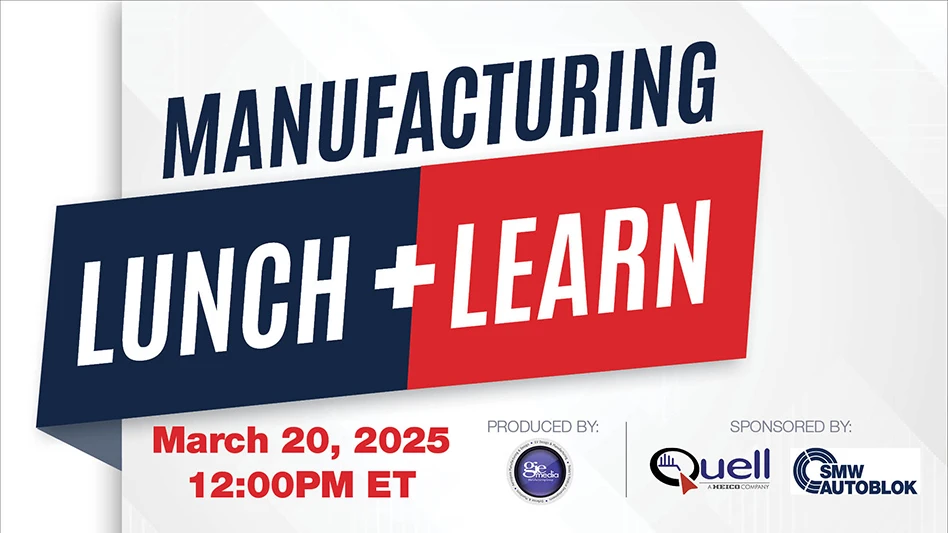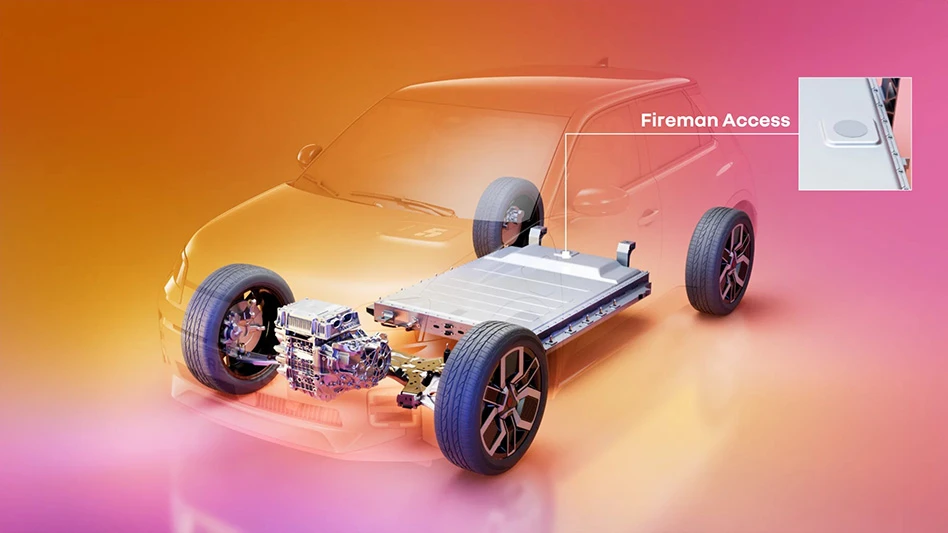
Twin Vortices Series (TVS) technology precisely controls air flow in hydrogen fuel cell vehicles, allowing cell stacks to operate at peak efficiency. The electrically driven TVS fuel cell blower provides accurate and fast air control to enable rapid fuel cell voltage control for transient duty cycles.
Fuel cells use proton exchange membranes layered between a positive electrode (cathode) and a negative electrode (anode). Hydrogen is introduced to the anode, and oxygen from the surrounding air is directed to the cathode. Hydrogen molecules then break into protons and electrons due to an electrochemical reaction in the fuel cell catalyst, enabling the protons to travel through the membrane to the cathode.
Adapted from gasoline-powered supercharger technology, TVS fuel cell blowers directly mount to an electric motor, which operates from 300VDC to 450VDC. The electric motor can be calibrated to operate slower than 14,000rpm.
Several TVS units are being used in hydrogen-powered buses. The next step is developing units for next-generation fuel cells, which will have greater power density, pressure ratios, longer operational lifespan, and improved noise, vibration, and harshness levels.
Eaton https://www.eaton.com
COVID partitions
Plastic film partition panels act as a barrier to viruses, minimizing the spread of airborne particles in vehicle interiors. It doesn’t compromise communications between driver and passengers or affect temperature regulated by heating and air conditioning. The clear, shatterproof partition panel protects against infections when traveling by car without sacrificing comfort, especially for commercial passenger transport in taxis, for private providers such as Uber and Lyft, and other carpooling options.
The partition panel can be installed between the driver’s seat and the rear seat in most vehicle models.
Continental https://www.continental.com
Latest from EV Design & Manufacturing
- Automotive manufacturers optimistic about future of electric vehicles
- Muratec to showcase advanced twin-spindle CNC turning center for bar-feed applications at PMTS 2025
- Researchers’ lithium extraction breakthrough has major implications for sustainable EV battery production
- AMADA’s laser marking solutions offer precision and speed
- Massachusetts vehicle-to-everything demonstration program deploys bidirectional EV charging infrastructure
- Software for development and testing of dynamic energy systems
- #51 - Manufacturing Matters - The Impact of M&A in MedTech 2024
- Research highlights equity gaps in electric vehicle charging infrastructure





